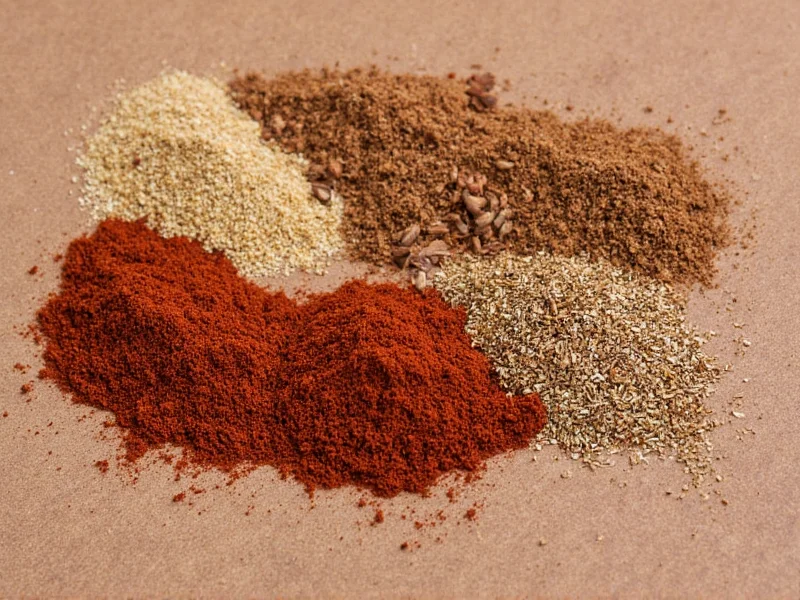Many home cooks mistakenly believe allspice contains multiple spices due to its name and complex flavor profile. This common misconception deserves clarification: allspice is a single-ingredient spice, not a mixture. The Pimenta dioica tree, part of the myrtle family, produces berries that, when dried, become the familiar allspice we use in kitchens worldwide.
The Botanical Reality of Allspice
Allspice (Pimenta dioica) belongs to the same botanical family as eucalyptus and clove. When the small berries are harvested while still green and then sun-dried, they transform from green to reddish-brown and finally to a deep brown. This drying process concentrates the essential oils that create allspice's distinctive aroma and flavor.
The name "allspice" originated in England during the 17th century when British explorers noticed its flavor resembled a combination of cinnamon, nutmeg, and cloves. This historical naming convention has perpetuated the misunderstanding that allspice is a blend, when in reality, it's a single spice with a complex chemical profile that mimics multiple spices.
Why Allspice Tastes Like Multiple Spices
Allspice contains several key compounds that contribute to its multi-dimensional flavor:
| Compound | Flavor Contribution | Percentage in Allspice |
|---|---|---|
| Eugenol | Clove-like, spicy, warm | 60-90% |
| Caryophyllene | Peppery, woody notes | 10-20% |
| Terpenes | Citrusy, floral undertones | 5-15% |
| Phenylpropanoids | Warm, sweet notes | 3-10% |
Eugenol, the dominant compound, gives allspice its clove-like character, while caryophyllene contributes peppery notes reminiscent of black pepper. The terpenes provide subtle citrus undertones, and phenylpropanoids deliver warm sweetness similar to cinnamon. This natural chemical composition creates the illusion of multiple spices in one.
Culinary Applications of Authentic Allspice
Allspice features prominently in Caribbean cuisine, particularly in Jamaican jerk seasoning, but its versatility extends globally. In Middle Eastern cooking, it appears in baharat spice blends. European cuisines use it in sausages, pickling blends, and even some liqueurs. The whole berries maintain their flavor longer than ground allspice and can be used in pickling or stews, then removed before serving.
When substituting allspice in recipes, a common approach is combining equal parts cinnamon, nutmeg, and cloves. However, this approximation lacks the nuanced balance of authentic allspice. For best results in traditional Jamaican dishes like jerk chicken or pimento dram, genuine allspice delivers irreplaceable flavor complexity.
Storage and Quality Considerations
To preserve allspice's volatile oils and maximize shelf life, store it in an airtight container away from light and heat. Whole berries retain their potency for 2-3 years, while ground allspice begins losing flavor after 6-12 months. When purchasing, look for berries that are uniform in color with a strong, sweet aroma—dull or musty-smelling berries indicate age and diminished quality.
Common Misconceptions Addressed
The confusion between allspice and spice blends extends beyond casual cooking. Some commercial products labeled "allspice" in certain regions actually contain spice mixtures, further muddying understanding. In authentic culinary contexts and botanical terms, allspice refers exclusively to Pimenta dioica berries.
Another frequent question concerns allspice's relationship to the "pimento" name. In many countries, allspice berries are called "pimento" (not to be confused with bell peppers, which are sometimes called pimientos in the United States). This naming reflects the spice's peppery quality despite containing no actual pepper.











 浙公网安备
33010002000092号
浙公网安备
33010002000092号 浙B2-20120091-4
浙B2-20120091-4